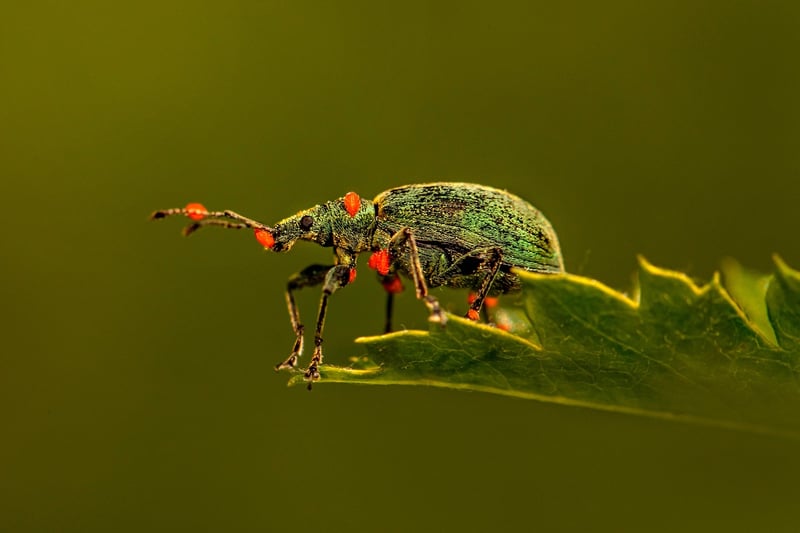Identifying Pests
Protecting Your Plants and Identifying Pests
Having a thriving garden or indoor plant collection can bring joy and beauty to your life. However, keeping your plants healthy requires vigilance in protecting them from pests that can cause damage. By learning to identify common plant pests and implementing preventive measures, you can ensure your plants stay strong and vibrant.
Identifying Common Plant Pests
It's essential to be able to recognize the signs of common pests that can infest your plants. Some of the most prevalent plant pests include:
- Aphids: Small, pear-shaped insects that suck sap from plants.
- Mealybugs: White, cottony pests that feed on plant juices.
- Spider Mites: Tiny pests that spin webs and suck sap from plants.
- Scale Insects: Small, armored insects that attach themselves to plant stems and leaves.
- Thrips: Slim insects that feed on plant juices and can cause damage to flowers and leaves.
Preventing Pest Infestations
Prevention is key when it comes to protecting your plants from pests. Here are some tips to keep pests at bay:
- Inspect Your Plants Regularly: Check your plants routinely for any signs of pest damage.
- Maintain Plant Health: Healthy plants are more resilient to pest attacks. Ensure your plants are well-watered and receive adequate sunlight.
- Prune Infested Areas: Remove any infested leaves or branches to prevent pests from spreading.
- Use Natural Predators: Introduce beneficial insects like ladybugs or lacewings that can help control pest populations.
- Apply Neem Oil: Neem oil is a natural insecticide that can help repel and kill common plant pests.
Image Examples of Common Plant Pests

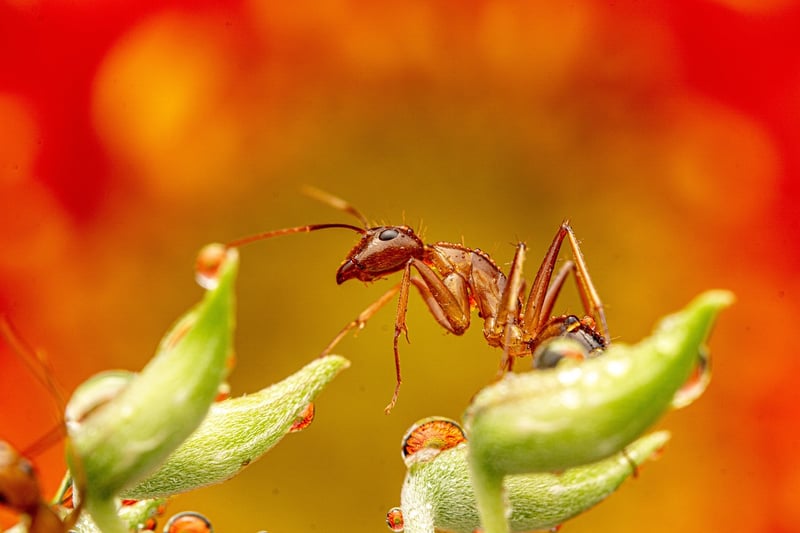
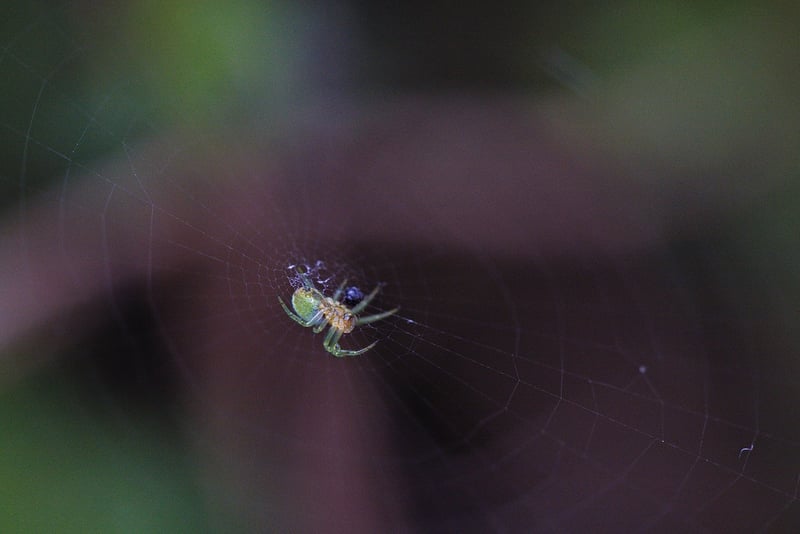
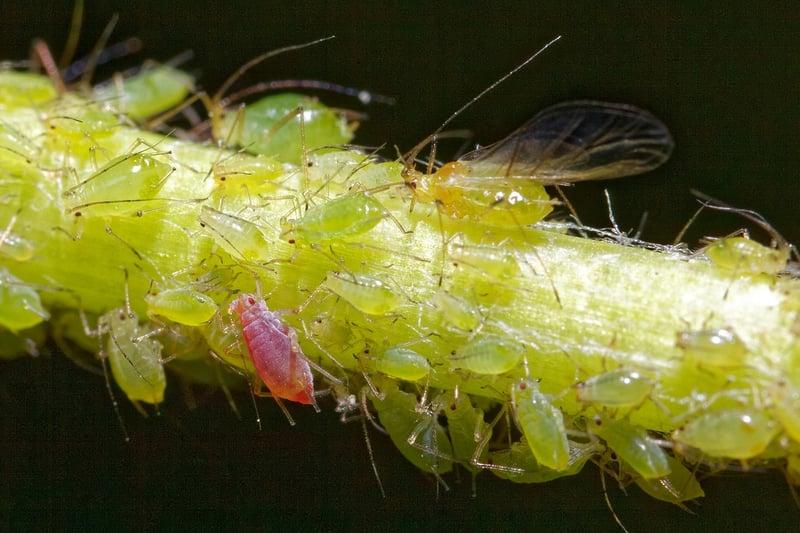
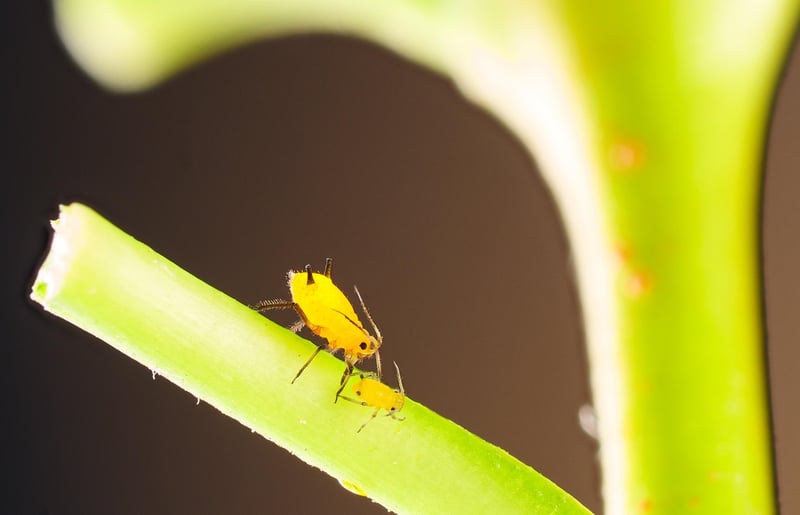
By being proactive in identifying and preventing pest infestations, you can enjoy a lush and healthy plant collection. Remember to regularly inspect your plants, maintain their health, and take swift action if you notice any signs of pests. With proper care, your plants will thrive and bring beauty to your home or garden.
